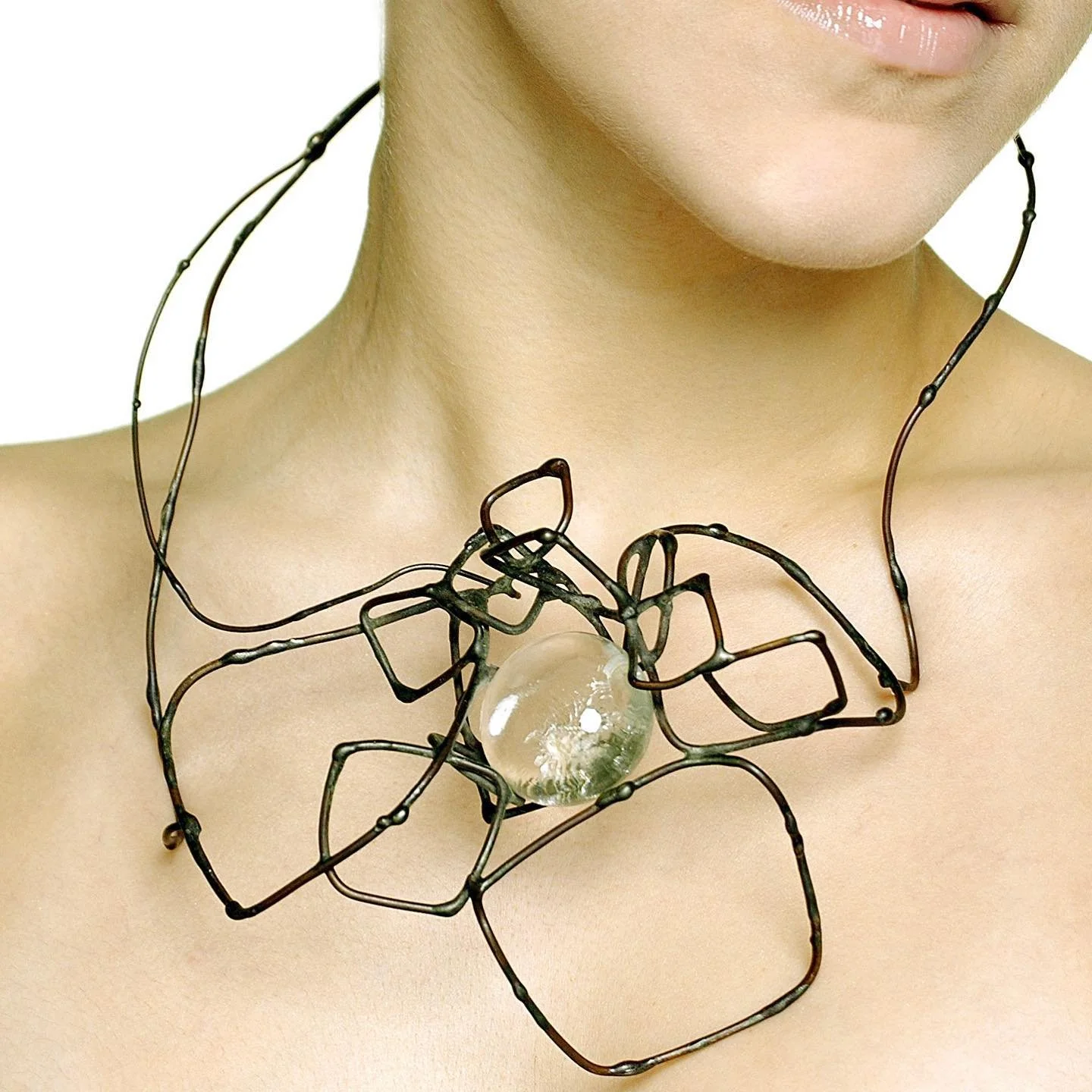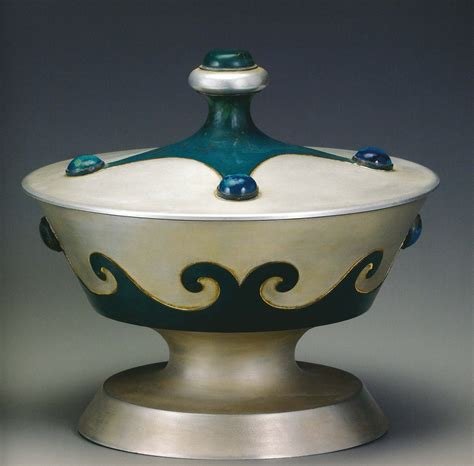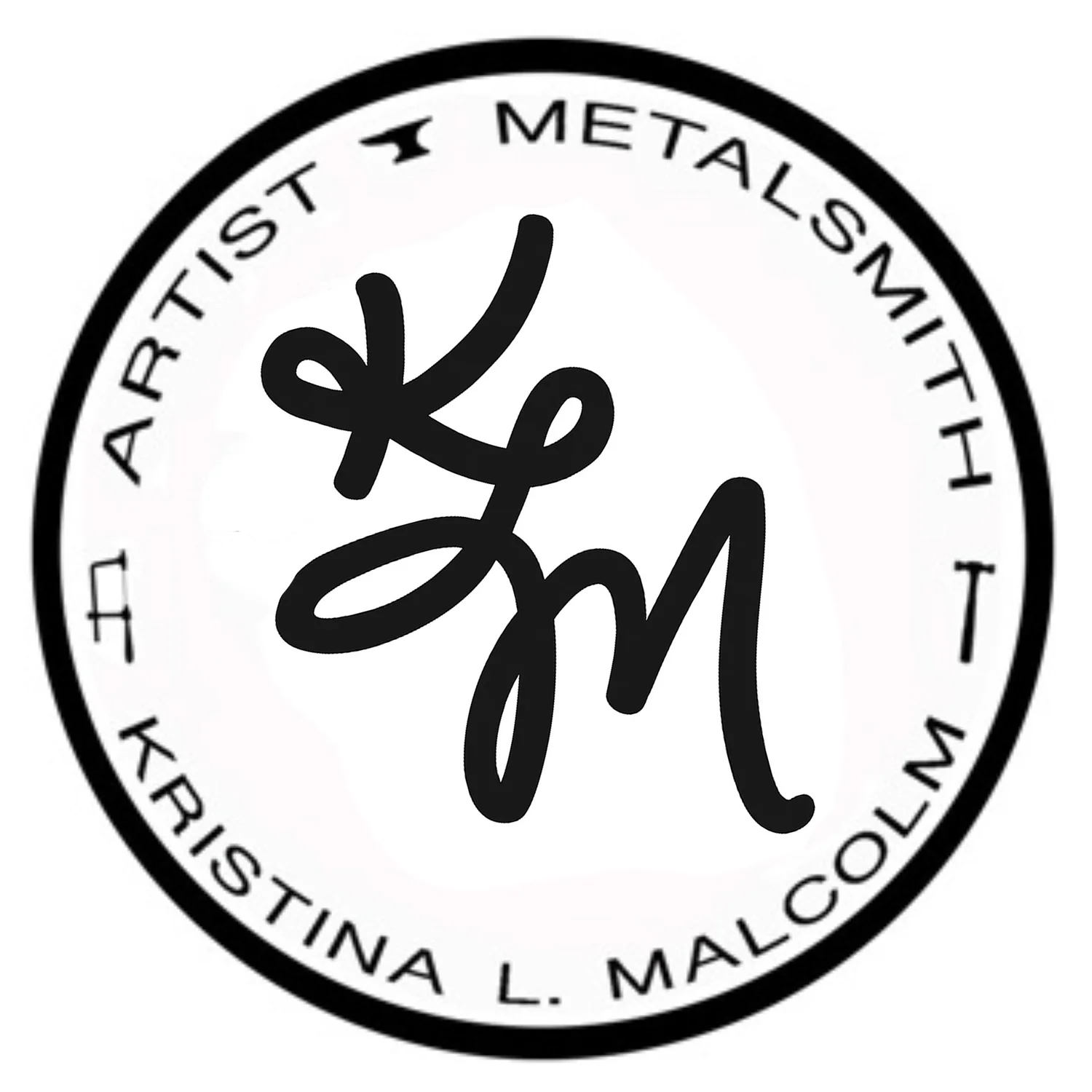
Claire Falkenstein: A Modernist Who Refused to Be Tamed
Claire Falkenstein was a woman who defied gravity—not only in the physical sense, but in the social, artistic, and historical senses as well. Born on July 22, 1908, in Coos Bay, Oregon, she grew up wild with wonder, riding horses along the beach in the dark and falling in love with science. That restless curiosity never left her. It lived in her hands, in her metal, in her fierce commitment to pushing form beyond its boundaries.
Falkenstein was a sculptor, a metalsmith, a painter, a printmaker, a jeweler, and a teacher. But more than any title, she was a force—untamed and unscripted. She forged new paths not just through material, but through ideology. She challenged the false hierarchy between fine art and craft, and refused to confine herself to one category. She didn’t need to “fit in”—she invented new spaces instead.
She began making jewelry in the 1940s as a way to bring her sculptures to the human body. It was never about decoration—it was about translation. Her works were extensions of her larger sculptures, explorations in space, line, and kinetic energy. She became a contemporary of Alexander Calder, but unlike Calder, Falkenstein's work rarely earned the spotlight it deserved. She didn’t court commercial success, and she didn’t settle in one place long enough to be pinned down by critics or curators. She was too busy making.
In post-WWII America, where women were expected to shrink or serve, Falkenstein expanded. Her art was radical not only for its formal innovation but for its refusal to ask permission. She worked in iron and glass, twisted copper, and shattered assumptions. Her wearable pieces were not subordinate to her sculptures—they were sculptures, intimate ones. Sculptures that moved with the body, that lived on skin.
And yet, she is often overlooked—her legacy scattered like her travels, her work under-documented, her name absent from too many textbooks. But absence does not equal insignificance. Falkenstein’s absence is a reflection of the systems that failed to see her, not the value of what she made.
Her life and work remind us that the boundaries between disciplines, like the boundaries placed on women, are meant to be broken. That art can be wild and free. That we do not need to choose between intellect and intuition, structure and spirit, body and object. We can have all of it.
She is a model for those who make without waiting for approval. For those who don’t ask if it’s art or craft or jewelry or sculpture. For those who simply begin, and keep going.

Marie Zimmerman
Imagine being so undeniably good they simply couldn’t ignore you.
Marie Zimmermann (1879–1972) was that kind of extraordinary. Born in Brooklyn to Swiss parents, she mastered a dozen crafts—metalsmithing above all. Her hands conjured repoussé boxes alive with mythic beasts, silver bowls that rippled like water, gem-laced brooches that could’ve graced a pharaoh.
She wove ancient Greek, Egyptian, and Renaissance motifs into something utterly her own—a lush, American aesthetic that referenced centuries. Critics called her “perhaps the most versatile artist in the country.” Her works were scooped up by industrial titans, shown in major exhibitions, and today rest in the Met, the Art Institute of Chicago, and more.
Make no mistake: she had to be better.
In the early 1900s, for a woman to flourish in metalsmithing—let alone at this scale—she couldn’t simply match her male peers. She had to dazzle, astonish, transcend.
And transcend she did.
At a time when most women were confined to “delicate” arts, Marie rolled up her sleeves and did something nearly unheard of:
She directed a team of men—blacksmiths, silversmiths, casters—at the National Arts Club in New York.
Seasoned craftsmen took her lead, translating her fearless visions into wrought gates, chased silver, architectural fixtures, and intricate jewels. She didn’t just wield a hammer—she wielded authority, orchestrating workshops that blurred the line between object and poetry.
Zimmermann made her living through commissions—bronze doors for estates, ecclesiastical silver, jewelry for New York’s elite. Yet she lived largely on her own terms, never marrying, finding solace at her beloved farm in Pike County, PA.
Though celebrated in her day, her story still feels like a hidden treasure waiting to be unearthed by those who truly understand what it took to stand at the helm of a metals studio back then.
Marie Zimmermann was fire and alloy—beauty conjured from grit. She was not just a maker of objects, but a maker of possibilities, forging paths for all who’d come after.
If you didn’t know her name before, now you do.
